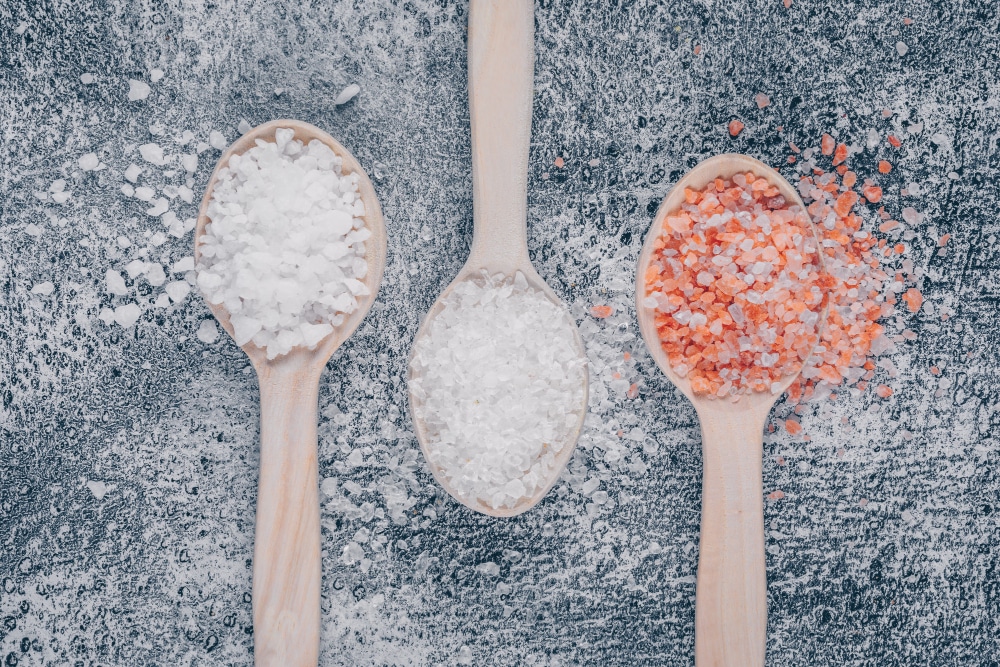Health
Microplastics Found in Every Indian Salt and Sugar Brand: A Hidden Health Crisis
Microplastics, once an invisible enemy, have now infiltrated some of our most basic food staples. A recent study by Toxics Link, an environmental research organization, has revealed a startling truth: every single salt and sugar brand in India, whether packaged or unpackaged, contains microplastics. This discovery raises urgent questions about the broader implications for our health and environment.
The Invisible Infiltration of Microplastics
Microplastics are minuscule particles, typically ranging from 1 to 5,000 micrometres in size. They are composed of various synthetic polymers like polyethylene, polypropylene, and polyethylene terephthalate, each presenting unique environmental and health risks. These particles have become ubiquitous in our surroundings, easily entering our bodies through food, water, and air. The new findings highlight how deeply these pollutants have penetrated our food chain, making their way into everyday items like salt and sugar.
Salt: A Primary Pathway for Microplastics
According to Toxics Link, salt is one of the primary conduits for microplastics entering the human body. The study, titled “Microplastics in Salt and Sugar,” tested various types of salt—table salt, rock salt, sea salt, and locally sourced raw salt—alongside different sugar samples. The results were concerning: the highest concentration of microplastics was found in a branded, iodized packaged salt, with up to 89.15 pieces per kilogram. Even the least contaminated samples, such as organic rock salt, contained some level of microplastics, underscoring the pervasive nature of this issue.
Sugar: Not as Sweet as It Seems
The study also turned its lens on sugar, another staple in the Indian diet. Out of the five sugar samples tested, an organic sugar brand had the lowest microplastic content at 11.85 pieces per kilogram, while a non-organic sample had the highest at 68.25 pieces per kilogram. The types of microplastics varied from fibers to films and pellets, showing that contamination comes from multiple sources, including agricultural practices, industrial processes, and packaging materials.
The Broader Implications for Health and Environment
The presence of microplastics in salt and sugar is not just a matter of environmental pollution—it is a direct health concern. These particles can cause a range of health issues, from inflammation to more serious conditions like hormonal disruptions and even cancer, according to various studies. With the average Indian consuming more than the recommended daily intake of salt and sugar, the ingestion of microplastics is alarmingly high. This not only affects individual health but also places a broader strain on public health systems.
Addressing the Root Causes
The findings from Toxics Link point to a complex web of contamination sources, from plastic waste in the environment to the manufacturing processes of food products. Addressing this issue requires a multi-faceted approach. On a personal level, consumers can reduce their intake of heavily processed foods and support brands that prioritize eco-friendly practices. On a broader scale, there is a pressing need for stricter regulations on plastic use, better waste management practices, and more rigorous testing of food products for contaminants.
The revelation that all salt and sugar brands in India contain microplastics should serve as a wake-up call. This issue is not just about what we eat but also about the cumulative impact of plastic pollution on our environment and health. As consumers, we must demand transparency and accountability from food manufacturers and policymakers. Only through collective action can we hope to mitigate the pervasive spread of microplastics and protect the health of future generations.
In the end, the invisible particles lurking in our salt and sugar serve as a stark reminder of the broader environmental challenges we face. It’s time to rethink our relationship with plastics before they completely overwhelm the very resources we rely on for sustenance.



































